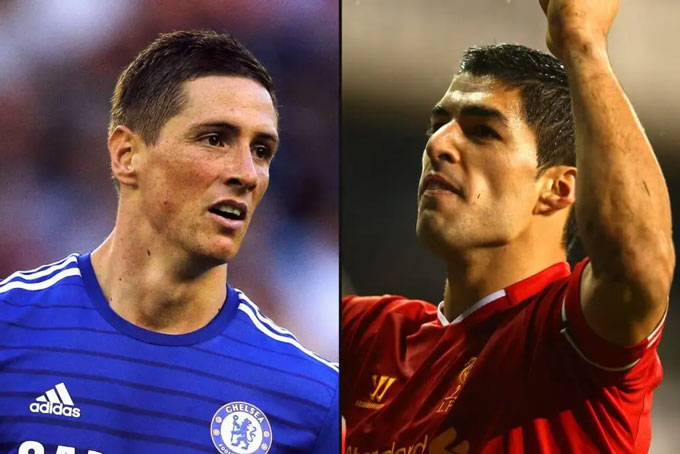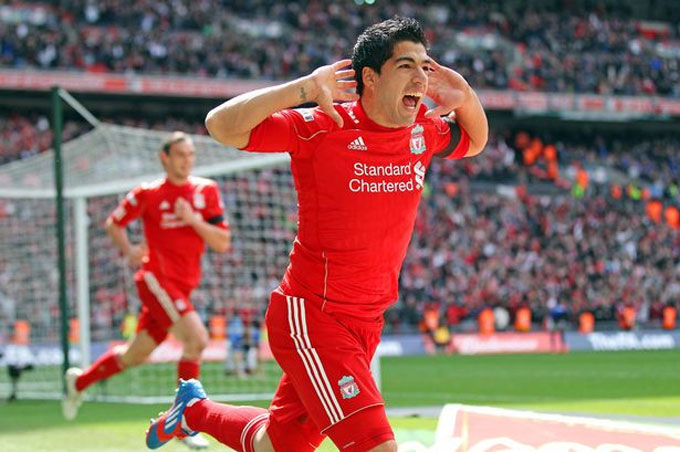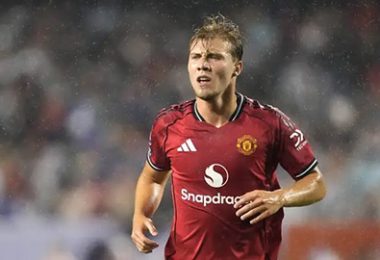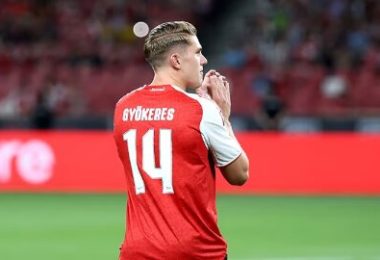The sale of the No. 1 star of the team seemed to bring pain. However, in many cases, the Premier League clubs have successfully managed, even gaining great benefits from this action.
“The transfer is an integral part of football, but the most important people in Liverpool are those who want to stay here.” It was Kenny Dalglish's words on January 31, 2011, as an attempt to alleviate Liverpool fans from the shock of the main goalscorer.
The Fernando Torres deal from Anfield to Chelsea for £ 50 million is one of the most noticeable transfer cases in the Premier League history. The Spanish striker left a traditional British big man to join the team at that time with a better title.
For Liverpool fans, this is a painful blow. It was an affirmation that the club – the team did not win the domestic championship more than 20 years ago – could not retain the stars when being richer clubs.
However, the real comfort came right after Torres left, in the form of a Uruguayan striker from Ajax: Luis Suarez.
For about 23 million pounds, less than half of the money from the Torres deal, Suarez is a big bargain. Although the statistics scored in Liverpool are quite similar (Torres 65 goals after 102 matches, Suarez 69 goals after 110 matches), most of the fans considered Suarez as a remarkable upgrade. Meanwhile, Torres decided at Chelsea and never regained its peak form.
This may be the most perfect deal in the Premier League if Liverpool does not ruin it by using most of the remaining money to recruit Andy Carroll – a seemingly reasonable contract but failed.
The replacement of a star with a cheaper player but the horizontal or superior effect is a rare art, and some clubs have done it for many years.
Some successful examples:
- Newcastle (1995): Sell Andy Cole to MU for £ 6 million + Keith Gillespie, making fans angry. But they used 5 million pounds to buy Les Ferdinand, who scored 25 goals in the first season to help the club go to the second – 4 steps higher than the previous season with Cole.
- Everton (2004): Sell Wayne Rooney to MU for the original price of 20 million pounds. Despite only £ 500,000 to buy striker Marcus Bent, they invested £ 1.5 million for Tim Cahill and borrowed Mikel Arteta. The duo became a symbol at Goodison Park and helped Everton to reach the fourth season that season – their highest achievement in the Premier League.
- Nottingham (2023): Sell Brennan Johnson to Tottenham for £ 47 million, then buy Anthony Elanga (15 million) and Callum Hudson-Odoi (5 million). As a result, there were two quality wingers instead of one, and the profit of 27 million pounds and reaching the Conference League.
A more peak skill is to bring back the replacement before selling the star, avoiding the other clubs forced the price when they know you are having money. A former Premier League director shared on The Athletic: “We want to have a replacement first, so that they can get acquainted and are not under the pressure to replace the star immediately. When the star left, the fans did not look at new people as a copy, but reduced expectations.”
Can take a few typical examples as follows:
- Liverpool (2017/18): Buy Mo Salah from Roma for £ 36.5 million a few months before Coutinho was sold to Barca for more than £ 100 million. Salah became legendary, with Sadio Mane, Roberto Firmino created the trio to help Liverpool win the 2019 Champions League and Premier League 2019/20.
- Wolves (2023): Bringing to Mario Lemina and Joao Gomes before the sale of Ruben Neves – the modern legend of the club – helping midfielders reconstructed quickly.
- Brighton: Sell Yves Bissouma to Tottenham for £ 30 million, while buying Moises Caicedo for 4 million before. Next, Brighton sells CaiCedo to Chelsea for a record price of £ 100 million and buys Carlos BaleBa (23 million). Although BaleBa is still completed, this continues to be a successful cycle, both quality players and nearly 100 million pounds.
In short, clubs can be successful whether they replace people before or after selling stars. Even cheap replacements sometimes bring greater efficiency than keeping the star at all costs.










